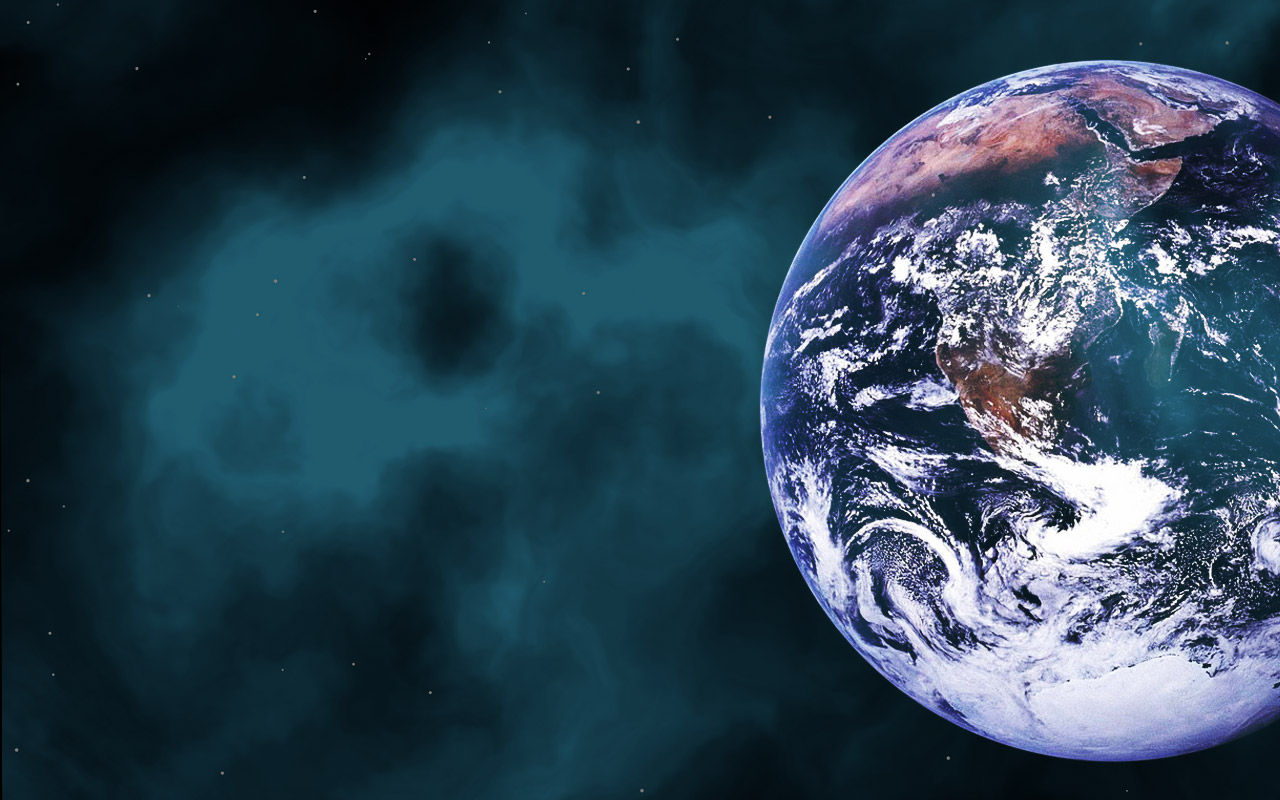Landscape drivers of recent fire activity (2001-2017) in south-central Chile
- Bryce Currey

- Apr 21, 2019
- 2 min read
Updated: Oct 19, 2020
Homogeneity and fire-prone forest plantations promote larger fires the the South American West.

In the past few decades, summertime in the North American West has become characteristic of large and severe wildfires. Less well known to North Americans is that this trend is simultaneously occurring on the opposite side of the equator, in the South American West. This has been particularly apparent in south-central Chile.
Despite this high fire activity, controls and drivers of these large fires are not well understood.
Working under the leadership of Dr. Dave McWethy (Earth Sciences, Montana State University), we attempted to identify large-scale trends and drivers of recent fire activity across six regions in south-central Chile for the period 2001–2017.
To conduct this study, we used satellite-based burned area estimate data, provide a spatially and temporally comprehensive record of fire activity across an important bioclimatic transition zone between dry Mediterranean shrublands/sclerophyllous forests and wetter deciduous-
broadleaf evergreen forests.
Results suggest fire activity was highly variable in any given year, with no statistically significant trend in the number of fires or mean annual area burned. Both the number of fires and annual area burned were greatest in warmer and more biomass-rich lowland regions.
Vegetation type, biophysical conditions (e.g., elevation, slope), mean annual and seasonal climatic conditions (e.g., precipitation) and mean population density have the greatest influence on the probability of fire occurrence and burned area for any given year.
Resource selection analyses indicate fire ‘preferentially’ occurs in exotic plantation forests, mixed native-exotic forests, native sclerophyll forests, pasture lands and matorral, vegetation types that all provide abundant, flammable and connected biomass for burning.

Structurally and compositionally homogenous exotic plantation forests may promote fire spread greater than native deciduous-Nothofagaceae forests which were once widespread in the southern parts of the study area.
In the future, the coincidence of warmer and drier conditions in landscapes dominated by flammable and fuel-rich forest plantations and mixed native-exotic forests are likely to further promote large fires in south-central Chile.
Authors: Dave McWethy, Aníbal Pauchard, Rafael A. García, Andrés Holz, Mauro E. González, Thomas Veblen, Julian Stahl, Bryce Currey.




Comments